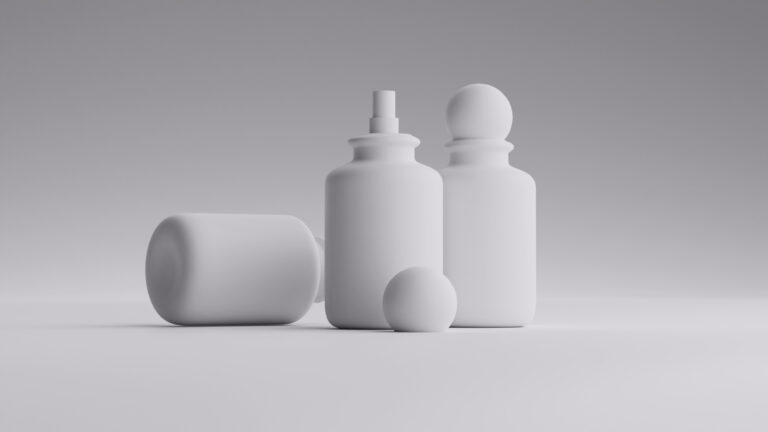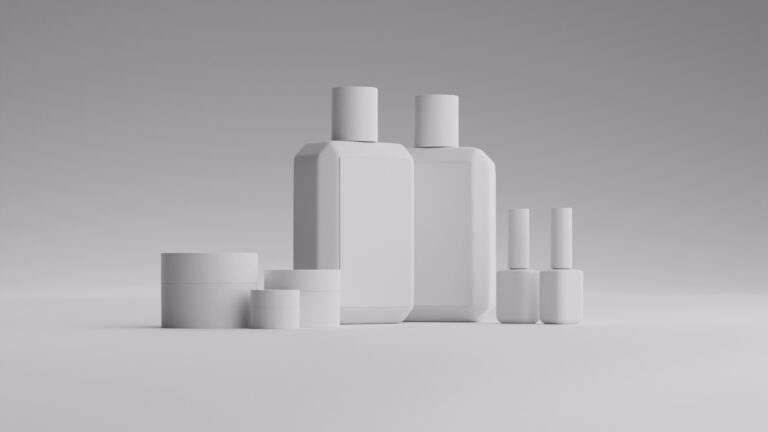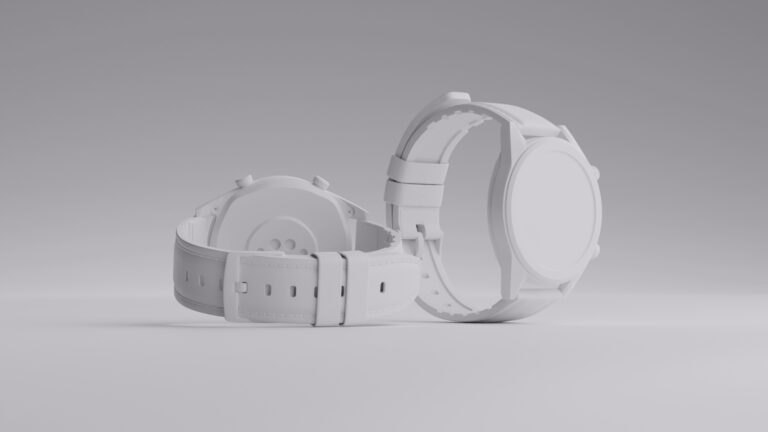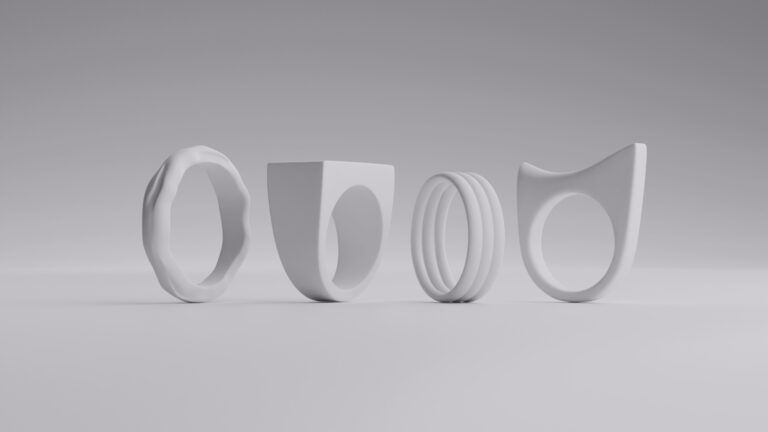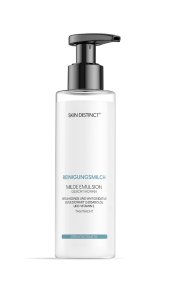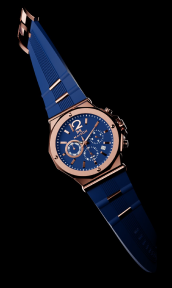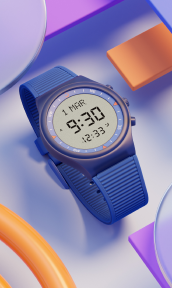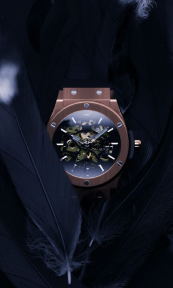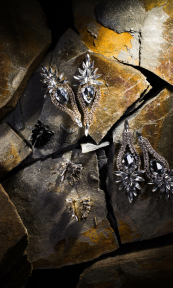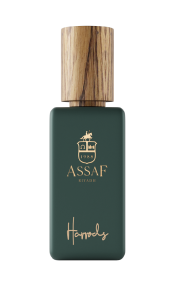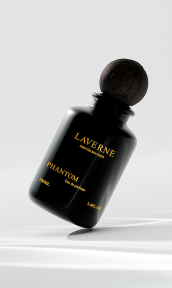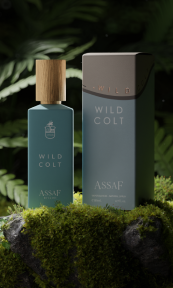As e-commerce continues to dominate the market space, businesses are constantly seeking ways to showcase their products in the most appealing and informative manner. One increasingly popular solution is 3D product rendering, which offers photorealistic visuals that captivate potential customers and drive sales. However, navigating the world of 3D rendering services and understanding the associated costs can be challenging.
Below, we’ll break down the various factors that influence 3D product rendering prices, explore the benefits of investing in high-quality renders, and provide insights on how to optimize your budget while still achieving stunning results.
By the end of this article, you’ll have a clearer understanding of what to expect when commissioning 3D rendering services and how to make informed decisions that align with your business goals.
Here is 3D product rendering pricing table:
Understanding the complexity of your product

The complexity of your product is one of the primary factors that determine the cost of 3D rendering services. Simple products with fewer design elements generally require less time and effort to render, resulting in lower costs. Basic geometric shapes, minimal textures, and limited moving parts are characteristics of products that fall into the lower price range for 3D rendering.
When a product has a straightforward design, 3D artists can create the model and apply textures more efficiently, reducing the overall labor time and, consequently, the cost.
On the other hand, complex products with intricate details, multiple components, and unique materials will incur higher 3D rendering costs. Products like high-end electronics, luxury watches, or detailed machinery often require more time to model accurately, as artists must pay close attention to every aspect of the design.
The increased labor time needed to create complex 3D models translates to higher costs for the client. However, investing in detailed, accurate renders can significantly enhance the perceived value of the product and improve customer engagement.
The level of photorealism required also impacts the complexity and cost of the rendering process. Achieving a high degree of photorealism involves advanced lighting techniques, precise material properties, and meticulous post-processing. While photorealistic renders may come at a higher cost, they provide a more immersive and lifelike experience for potential customers, which can greatly influence their purchasing decisions.
Understanding the complexity of your product is crucial in estimating 3D product rendering prices. By carefully considering the design elements, materials, and desired level of photorealism, you can better gauge the potential costs and make informed decisions when selecting a 3D rendering service provider.
On average, a simple product rendering can cost around $200-$400, while a complex, photorealistic rendering can range from $1,000 to $5,000 or more.
Pricing models and industry standards

Familiarizing yourself with common pricing models and industry standards can help you navigate the landscape of 3D product rendering services with more confidence. Many 3D rendering service providers charge hourly rates for their work. Hourly rates for 3D rendering can vary significantly, typically ranging from $50 to $200 per hour, depending on the artist’s experience, skill level, and the complexity of the project.
When working with an hourly pricing model, it’s essential to clearly communicate your expectations and provide detailed project briefs to ensure efficient use of time and resources.
Per-image or per-project pricing is another common approach in the 3D rendering industry. Prices for individual rendered images can start at around $100 for basic designs and exceed $1,000 for highly complex, photorealistic renders. Per-image pricing allows for more predictable costs, as you know upfront how much each render will cost. This model is particularly suitable for projects with a fixed number of required images.
Package deals and bundled services can offer cost savings for larger projects or ongoing partnerships. Many 3D rendering service providers offer discounted rates when clients commit to multiple images or establish long-term contracts. If you anticipate needing a significant number of 3D renders or have a series of product launches planned, considering package deals or bundled services could be a cost-effective solution.
Understanding the various pricing models and industry standards in 3D product rendering can help you make smart decisions and select a service provider that fits your budget and requirements. By comparing hourly rates, per-image prices, and package deals, you can find the most cost-effective solution for your business needs. As a rough estimate, a package deal for a series of 10 product renders could cost around $5,000-$8,000, depending on the complexity and level of photorealism required.
Additional costs and considerations

While the base cost of 3D rendering is determined by factors like complexity and pricing models, there are additional costs and considerations that can impact your overall budget. Revisions and changes to the initial 3D model or render can incur additional costs. Most 3D rendering service providers allocate a specific number of revisions within their base price, and any changes beyond that scope may result in extra charges. To minimize the need for costly revisions, provide clear and detailed project guidelines from the outset. Maintain open communication with your 3D rendering team to ensure they understand your vision and expectations.
Custom objects, textures, or environments may require additional work and increase the overall cost. If your product requires a unique setting or specific props that are not readily available in the 3D artist’s library, they may need to create these elements from scratch. While custom objects and environments can enhance the visual impact of your 3D renders, it’s essential to weigh the added costs against the potential benefits. Consider whether these custom elements are crucial for showcasing your product effectively.
Rush jobs or accelerated turnaround times often come at a premium cost. Many 3D rendering service providers charge additional fees for projects that require a faster-than-standard delivery timeline. If your project is time-sensitive, be prepared to allocate a larger budget to accommodate the accelerated turnaround. However, if your timeline is flexible, opting for standard delivery can help you save on costs. On average, rush jobs can incur an additional 25%-50% premium on top of the base project cost.
To develop an accurate budget for your 3D rendering project, it’s crucial to consider potential additional costs, such as revisions, custom elements, and accelerated turnaround times. By understanding these factors and communicating clearly with your service provider, you can minimize unexpected expenses and ensure a smoother, more cost-effective rendering process.
Benefits of CGI product rendering

While traditional photography has been the go-to method for showcasing products, CGI (Computer Generated Imagery) product rendering offers a range of benefits that can elevate your e-commerce presence and save you money in the long run. CGI rendering provides unparalleled flexibility and creative control. With CGI, you can easily experiment with different angles, lighting setups, and environments without the need for costly physical prototypes or studio setups. This flexibility allows you to create a wide range of visuals from a single 3D model, saving time and money while ensuring consistency across your product images.
CGI product rendering is often more cost effective than traditional photography. Traditional product photography requires physical prototypes, studio space, equipment, and a team of photographers and stylists. CGI rendering eliminates many of these costs. While the initial investment in a high-quality 3D model may seem higher than a traditional photoshoot, the long-term cost savings can be significant, especially for products that require frequent updates or variations.
CGI rendering allows for faster turnaround times and shorter time-to-market. Once a 3D model is created, rendering new images or making changes to existing ones can be done quickly and efficiently. This streamlined process enables businesses to respond rapidly to market trends, update product visuals, and launch new items without the lengthy lead times associated with traditional photography.
CGI product rendering offers a range of benefits that can help businesses elevate their e-commerce presence while saving time and money. With greater creative control, cost-effectiveness, and faster turnaround times, CGI rendering is an increasingly popular choice for showcasing products online.
Choosing the right 3D rendering service provider

Selecting the right 3D rendering service provider is crucial for ensuring a successful project outcome and maximizing the value of your investment. Look for a provider with a strong portfolio and relevant industry experience. A portfolio showcasing a range of high-quality 3D renders in your specific industry or product category demonstrates the provider’s expertise and ability to deliver results. By choosing a provider with relevant experience, you can be confident that they understand the unique challenges and requirements of your project, leading to better outcomes and a smoother collaboration process.
Consider the provider’s communication and project management processes. Clear, responsive communication and a well-defined project management system are essential for ensuring that your 3D rendering project stays on track and meets your expectations. Look for a provider that offers regular updates, seeks your input at critical stages, and has a structured approach to managing revisions and feedback. Effective communication and project management can help prevent misunderstandings, delays, and additional costs.
Evaluate the provider’s pricing structure and value proposition. While cost is an important consideration, it shouldn’t be the sole deciding factor when choosing a 3D rendering service provider. Consider the overall value proposition, including the quality of their work, the level of service and support they offer, and their ability to deliver on your specific requirements. Sometimes, investing in a higher-priced provider can lead to better results and a more successful project outcome.
Choosing the right 3D rendering service provider involves careful consideration of their portfolio, industry experience, communication and project management processes, and overall value proposition. By taking the time to evaluate these factors, you can select a provider that aligns with your goals and delivers the high-quality, cost-effective results your business needs.
Wrapping up
In today’s competitive e-commerce landscape, investing in high-quality 3D product rendering can be a game-changer for your business. By understanding the factors that influence 3D rendering prices, exploring the benefits of CGI rendering, and choosing the right service provider, you can create stunning, engaging product visuals that captivate your audience and drive sales.
At Welpix, we specialize in providing cutting-edge CGI product photography solutions that offer unparalleled creative control, faster turnaround times, and cost-effective results. Our team of skilled 3D artists and photographers work closely with you to bring your product vision to life, creating photorealistic images that showcase your products in the best possible light.
With Welpix, you can elevate your e-commerce presence, reduce costs associated with traditional photography, and achieve a faster time-to-market. Our streamlined process and commitment to exceptional quality ensure that you receive the high-impact, visually stunning product images your business needs to succeed.
FAQ
How long does a typical 3D product rendering project take?
The timeline for a 3D product rendering project depends on factors such as the complexity of the product, the number of images required, and the level of photorealism desired. On average, a simple project may take a few days to a week, while more complex projects can take several weeks to complete.
What information do I need to provide to get started with a 3D rendering project?
To begin a 3D rendering project, you’ll typically need to provide your chosen service provider with detailed product information, including dimensions, materials, textures, and any specific design elements. Reference images, CAD files, or physical prototypes can also be helpful in ensuring accuracy and clarity throughout the rendering process.
Can I request revisions or changes to my 3D renders?
Yes, most 3D rendering service providers offer a specified number of revisions within their base project cost. However, it’s essential to carefully review and provide feedback at each stage of the process to minimize the need for extensive revisions, which may incur additional costs.
How can I ensure the best possible results for my 3D rendering project?
To ensure the best possible results, provide your 3D rendering service provider with clear, detailed project guidelines and maintain open communication throughout the process. Be specific about your expectations, provide timely feedback, and trust in the expertise of your chosen provider to create high-quality, photorealistic renders that align with your vision.
What are the file formats typically used for the final 3D rendered images?
The most common file formats for final 3D rendered images are PNG, JPEG, and TIFF. These formats offer high-quality resolution and compatibility with various web and print applications. Some providers may also offer additional file formats, such as PSD or RAW, depending on your project requirements.




